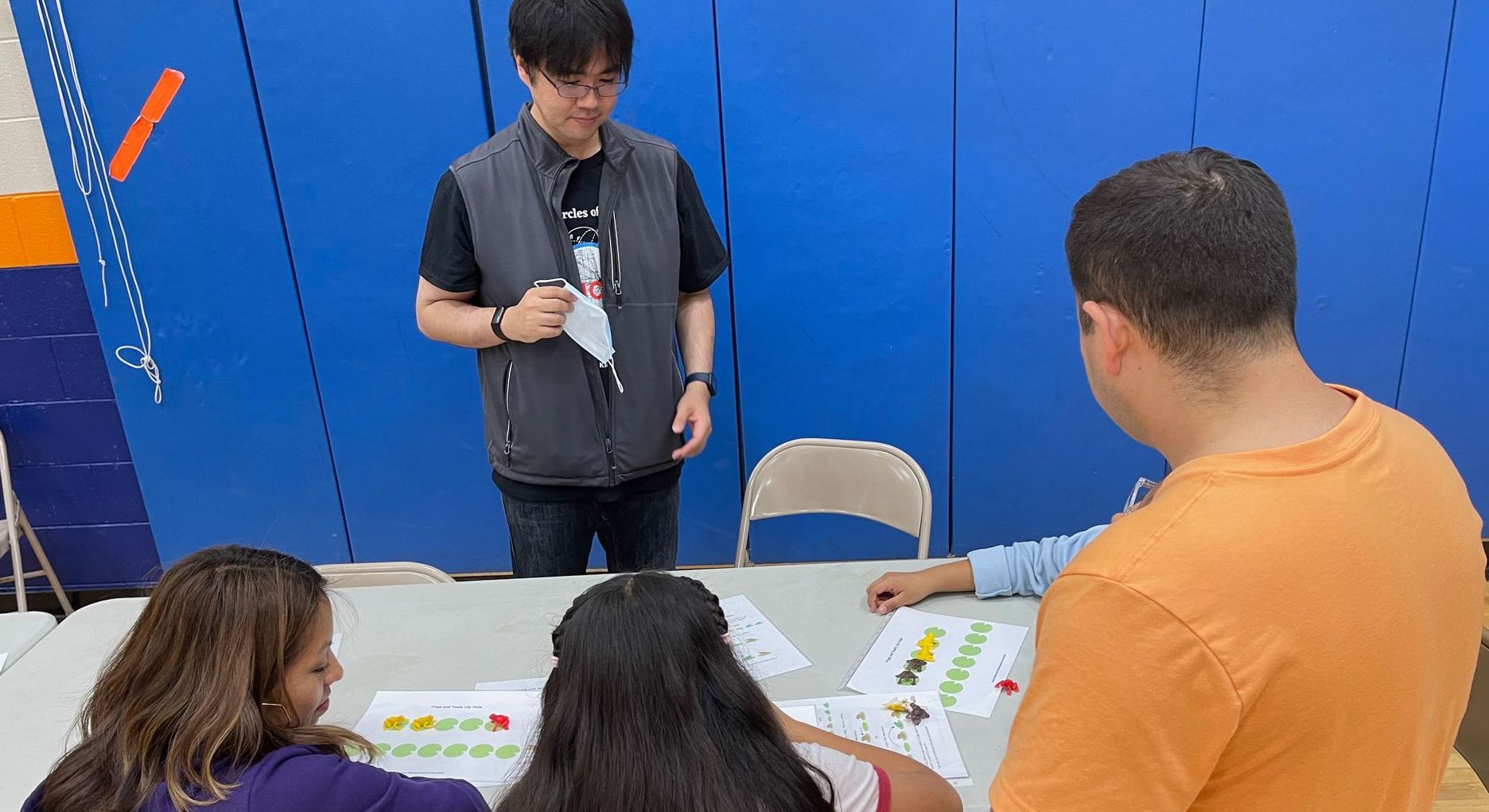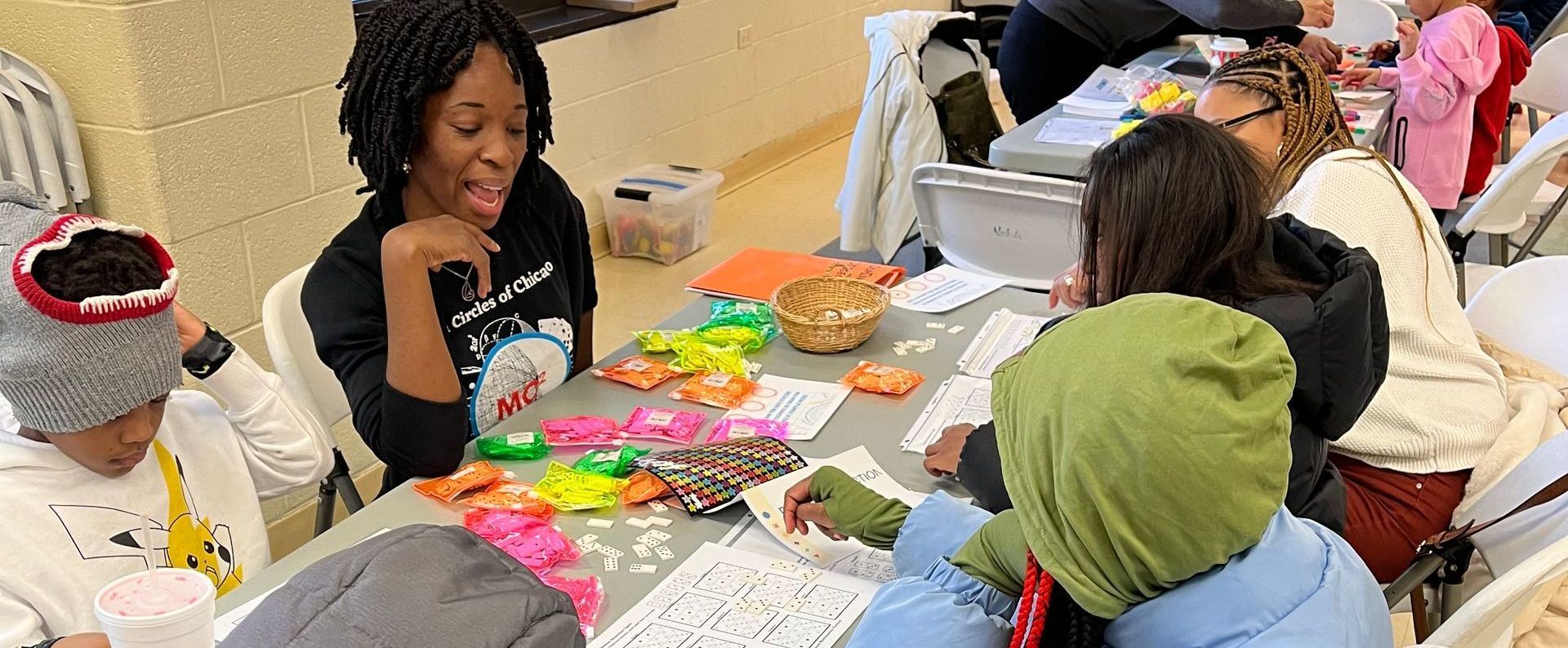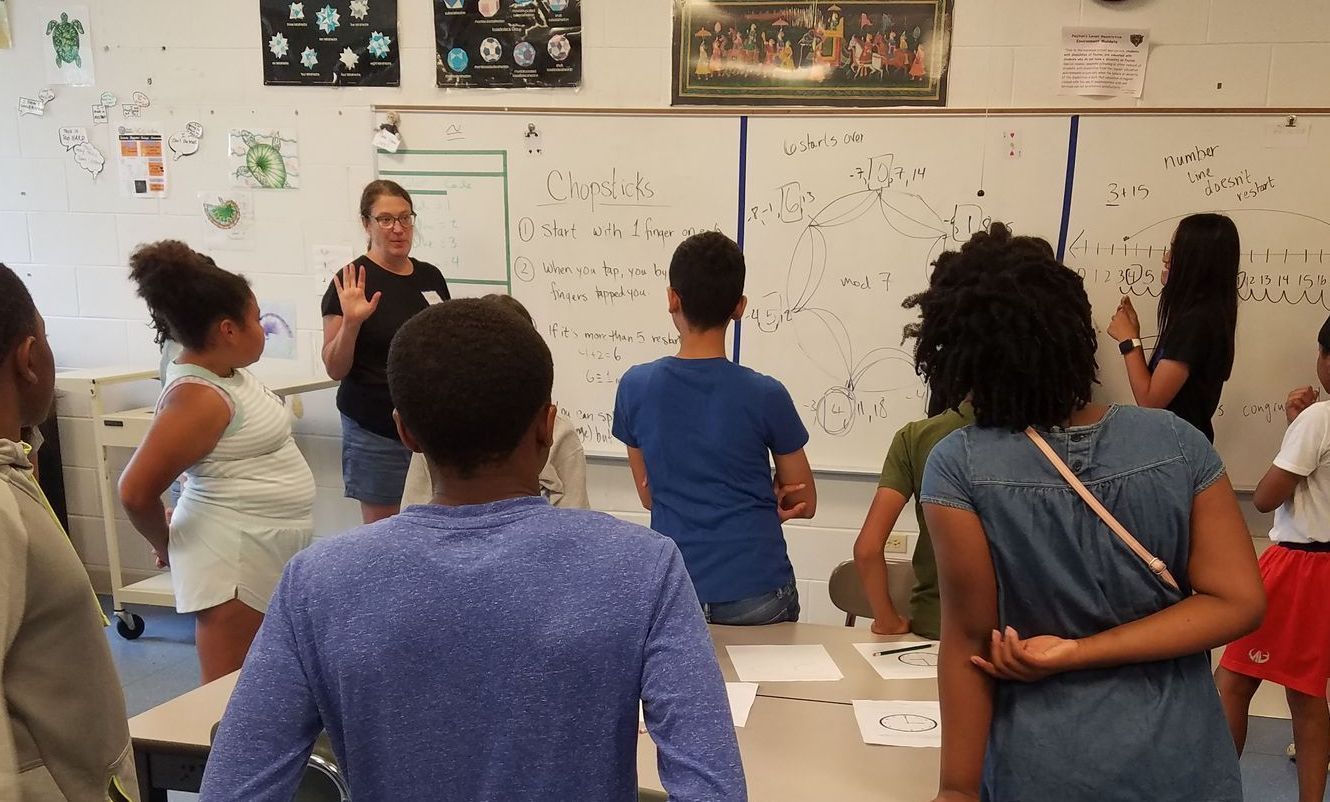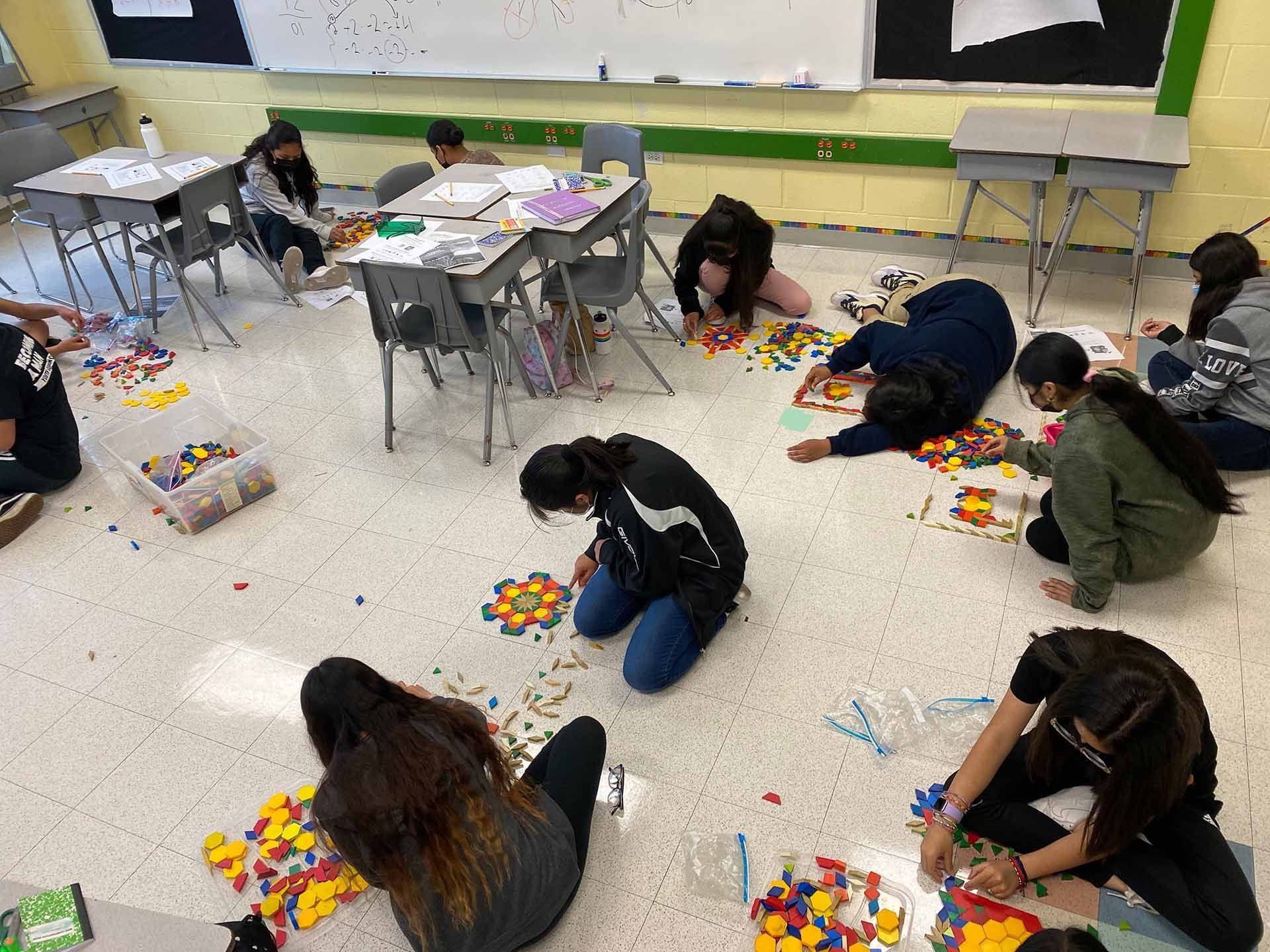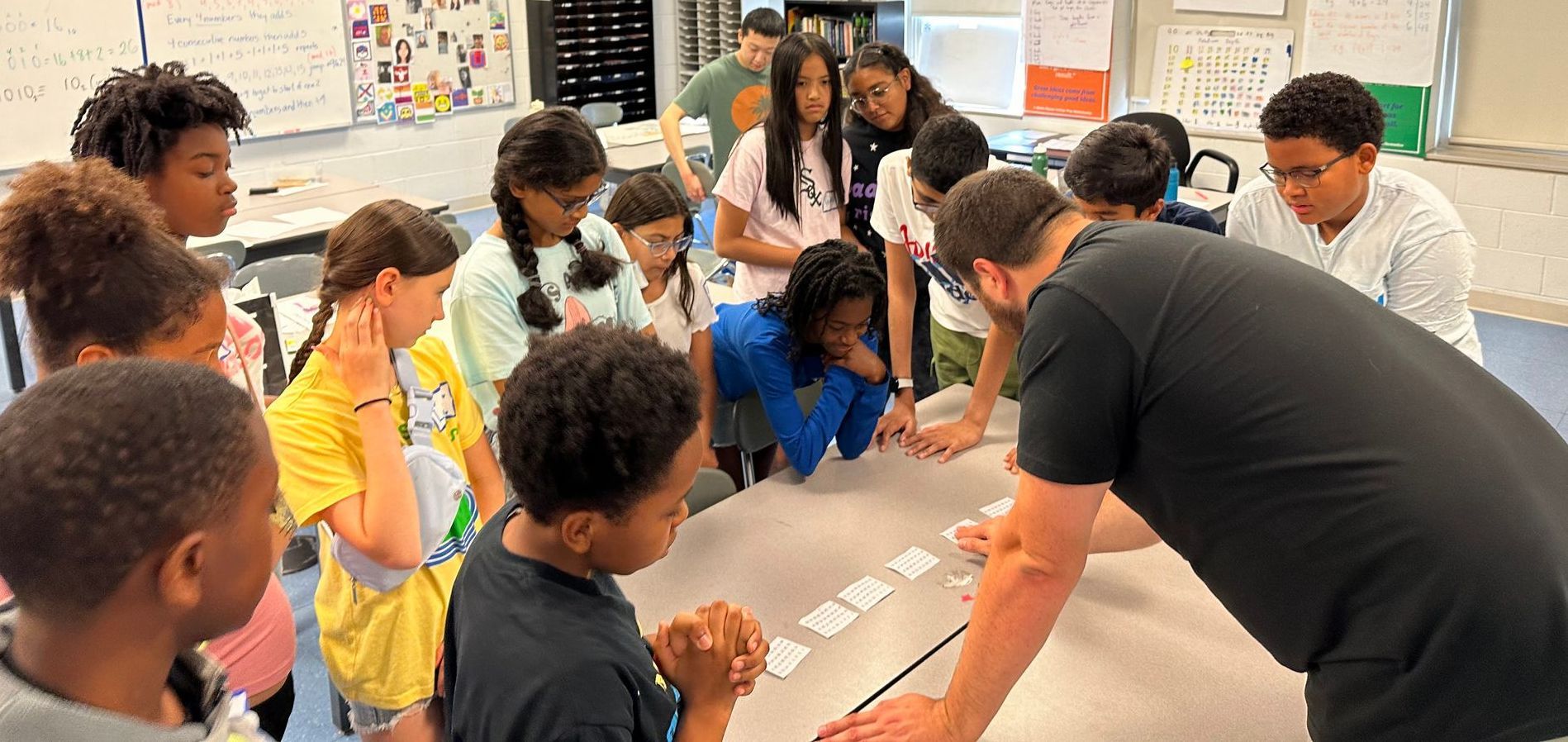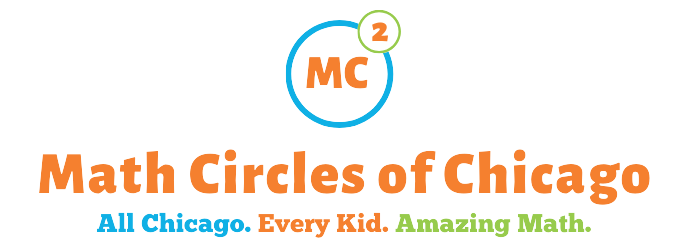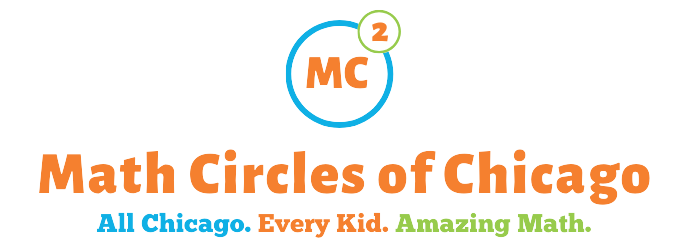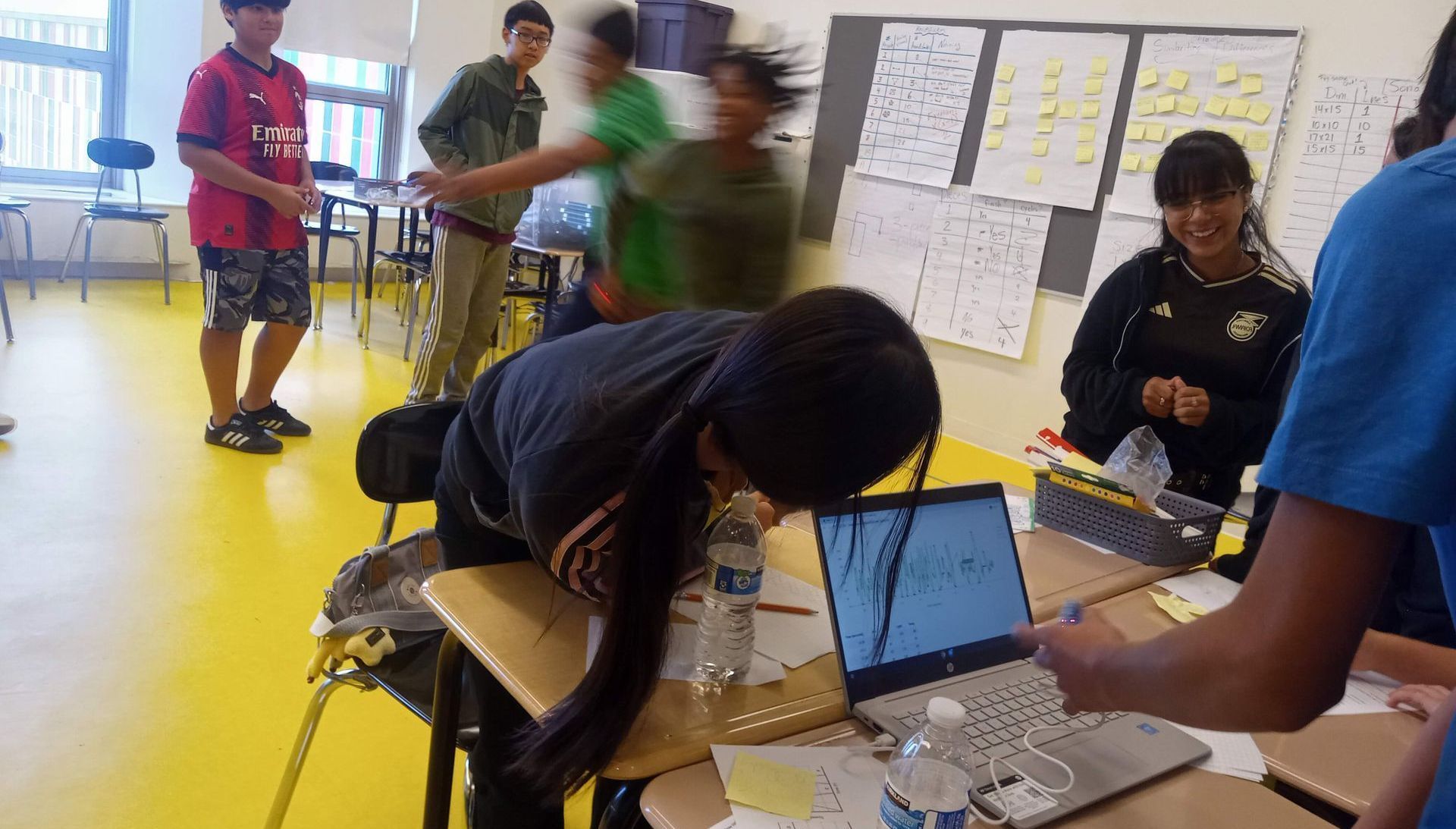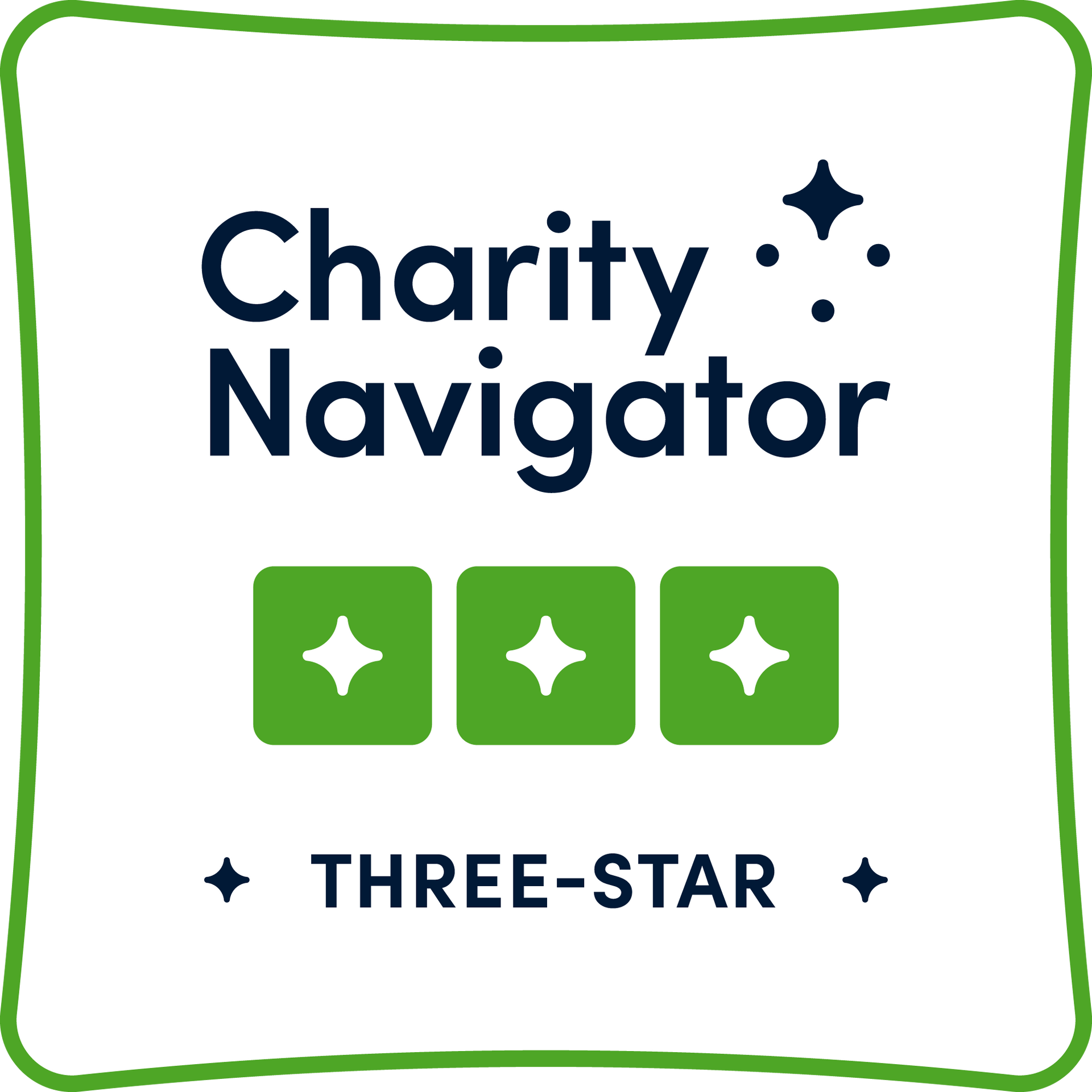As our Haynes students left math circles on Saturday, I overheard a conversation that went something like this:
Mom: How was math circles?
5th grader: I’m not sure we did math today….
Part of our stated mission in math circles is to do novel mathematics. As I eavesdropped I realized that this math may be so novel and different from what our students do in school that it’s not even clear that it’s math to begin with.
This reminded me that on our surveys parents often ask us to say what we ARE doing in math circles.
- In Haynes (those 5th and 6th graders), we launched the quarter with questions about rulers. We all know the standard 12 inch ruler. But are all those marks on the ruler necessary? If we had marks dividing the ruler into parts of length 1, 2, 2, 2, 2, 2 and 1 inch, could we still measure any multiple of one inch? What’s the fewest marks we could get away with?
- In Kovalevsky (high school level), we also talked about measurement, but for this group, we changed how we measure. Our first winter session was about taxicab geometry, where distances are measured by paths taken at right angles, like cabs driving on perpendicular streets. It turns out that if we change the way we measure distance, the geometry of our world changes quite a bit. One nice example is that π would no longer be about 3.14159265 in ‘taxicab space’.
So what do we mean by novel mathematics? For starters, math can be a lot more playful than the way it is sometimes presented in school. What if we changed our ruler? More radically, what if we just changed how we measured distance altogether?
Note that this isn’t just fanciful–taxicab geometry is more appropriate for certain problems in urban settings. Google maps can’t guide you through buildings; the shortest path can’t be found using Pythagoras theorem. Moreover, this idea of different geometries and living in a different “space” is vital mathematics in the age of ‘big data’. Getting the shortest path to the search results you really seek is a fundamental problem for the current day.
There are a lot of good reasons for doing novel mathematics–not the least of which is that we hope it will be interesting and engaging. Now we just need to teach our younger students that all this really is math.
